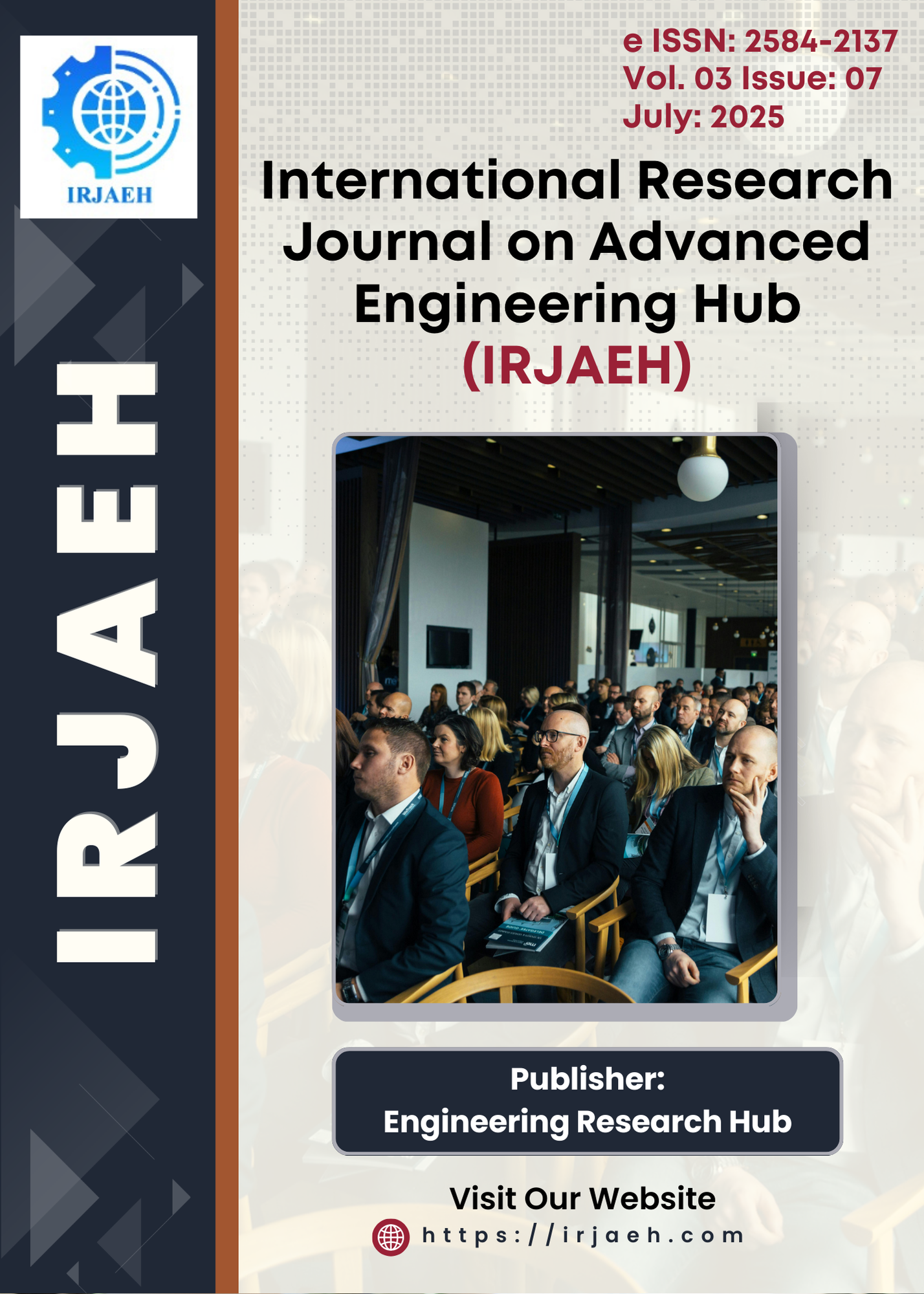Autonomous Vehicle Lane-Changing System using Light GBM
DOI:
https://doi.org/10.47392/IRJAEH.2025.0469Keywords:
Autonomous vehicle, Lane change, Gaussian Mixture Model (GMM), LightGBM, Pygame, Realtime SimulationAbstract
Traffic dynamics and autonomous vehicle navigation depend heavily on lane-changing behaviour. This paper introduces a machine learning-based method to predict lane-changing intentions using vehicle trajectory data and driver behaviour analysis. Our model achieves high accuracy while maintaining computational efficiency by utilizing the Gaussian Mixture Model (GMM) for driver behaviour clustering and LightGBM for lane-change classification. The system incorporates feature engineering, and hyperparameter optimization to improve prediction reliability. Our experimental results show that the suggested method significantly increases lane-change prediction accuracy, making it appropriate for real-time intelligent transportation systems. This project uses Pygame for visualization and LightGBM for decision-making to simulate an autonomous lane-changing car in real time. The simulation simulates actual traffic situations, with the autonomous car using trained machine learning models to assess the environment and decide whether to change lanes. Using factors such vehicle speed, acceleration, time-to-collision, relative velocity, and driving style—all of which are categorized using a Gaussian Mixture Model (GMM)—a pre-trained LightGBM model powers the decision-making process and forecasts the need for lane changes. This project offers insights into the viability and practical implementation issues of automated lane-changing technology.
Downloads
Downloads
Published
Issue
Section
License
Copyright (c) 2025 International Research Journal on Advanced Engineering Hub (IRJAEH)

This work is licensed under a Creative Commons Attribution-NonCommercial 4.0 International License.

 .
. 